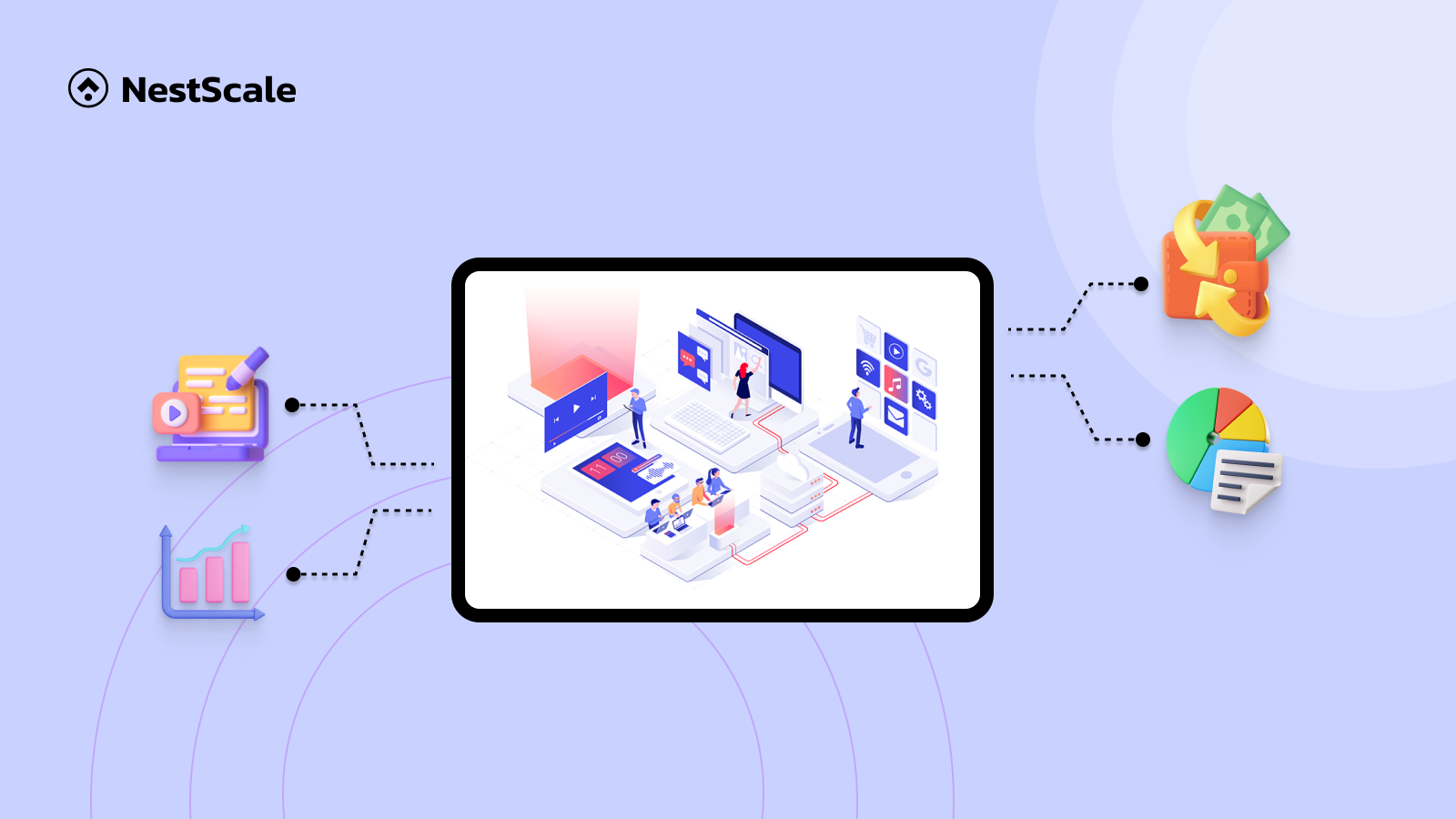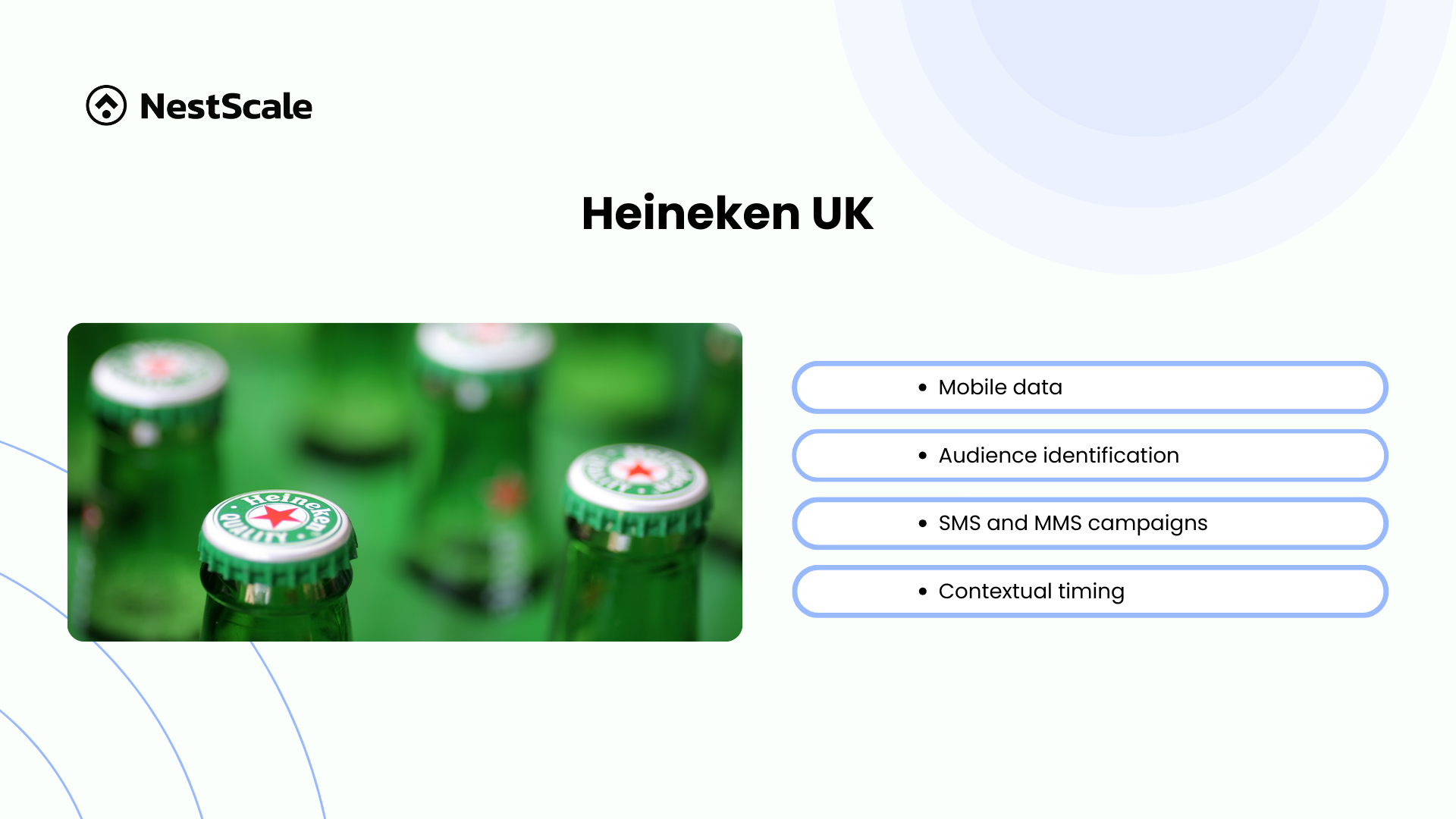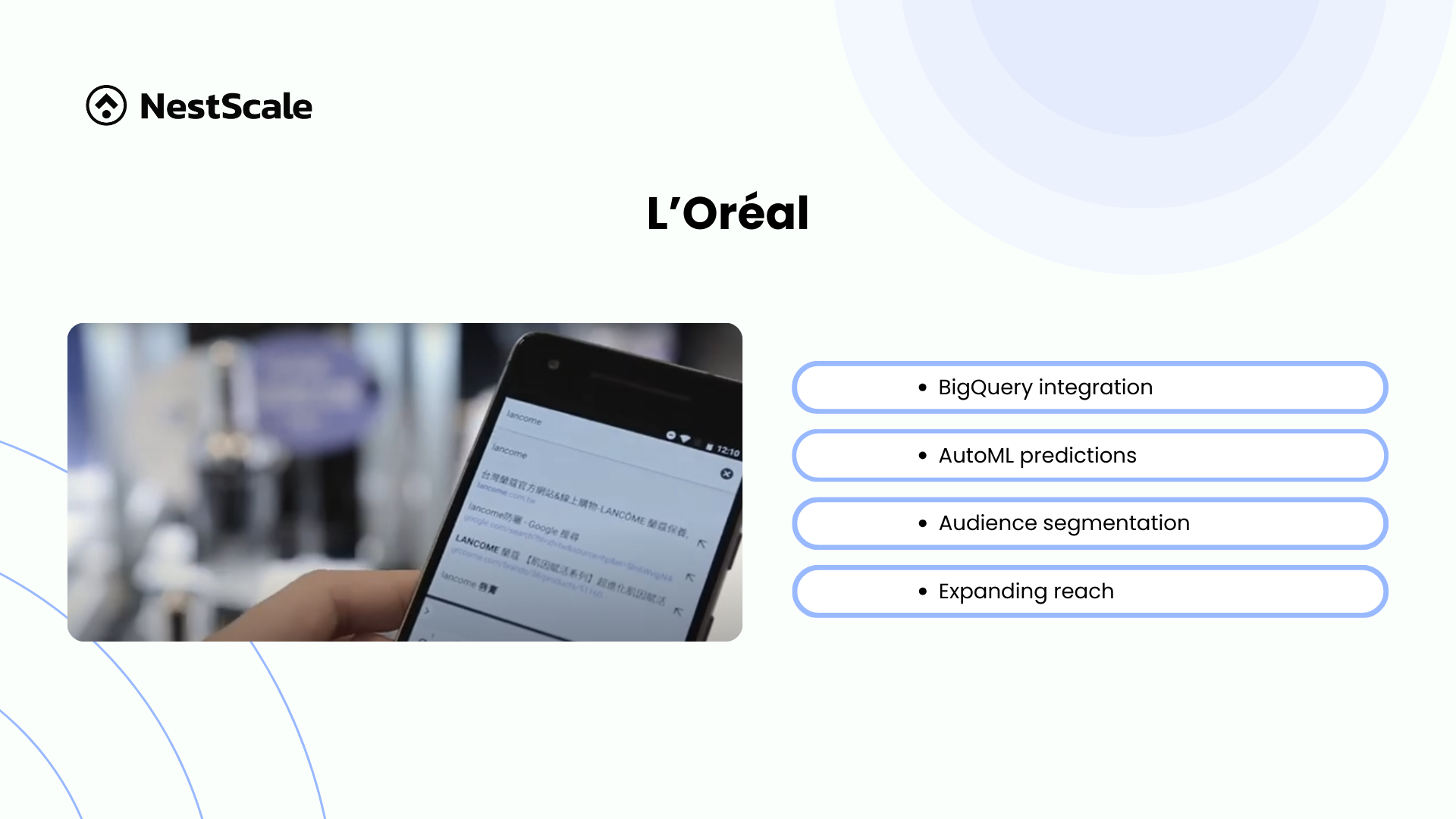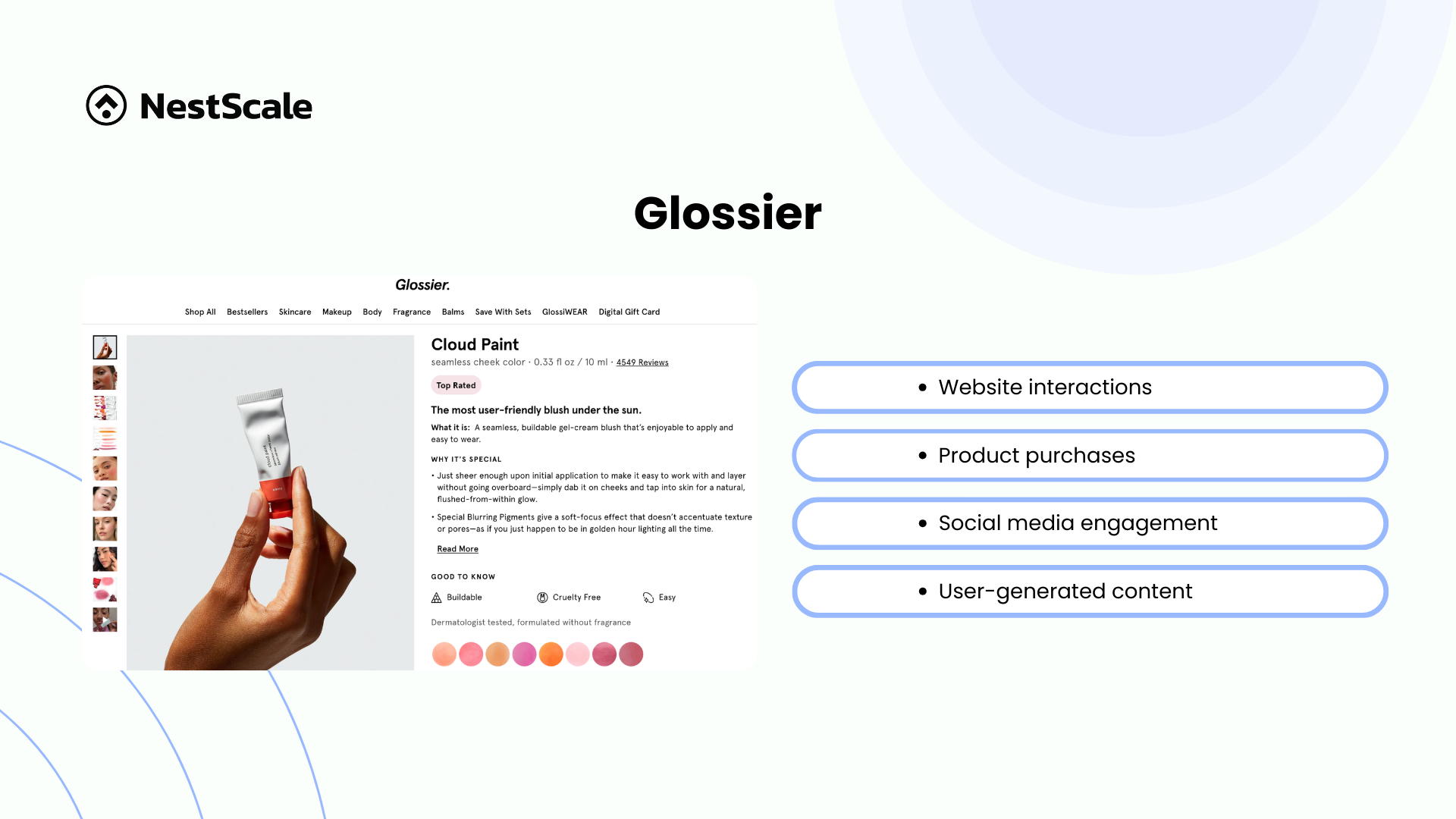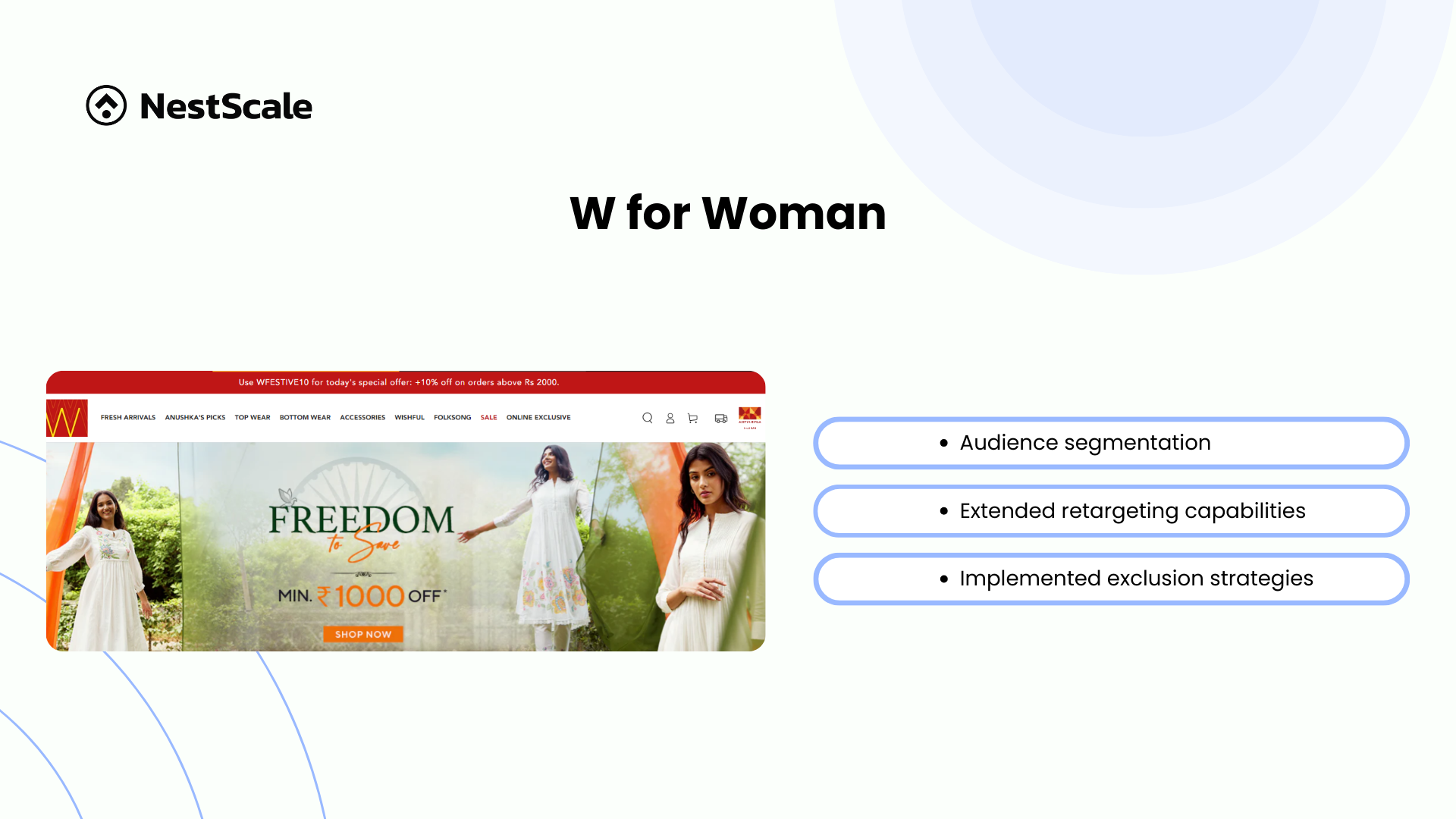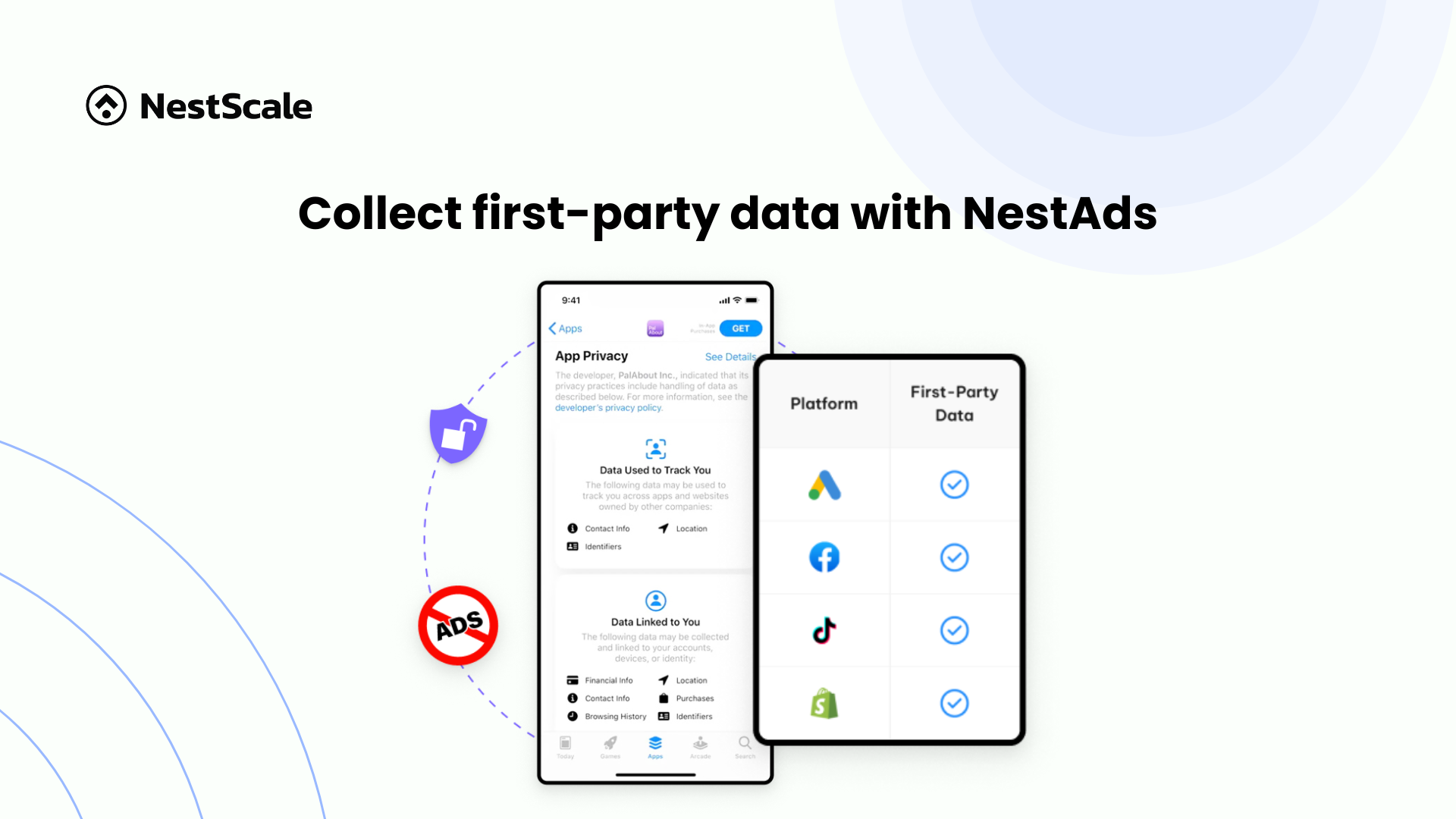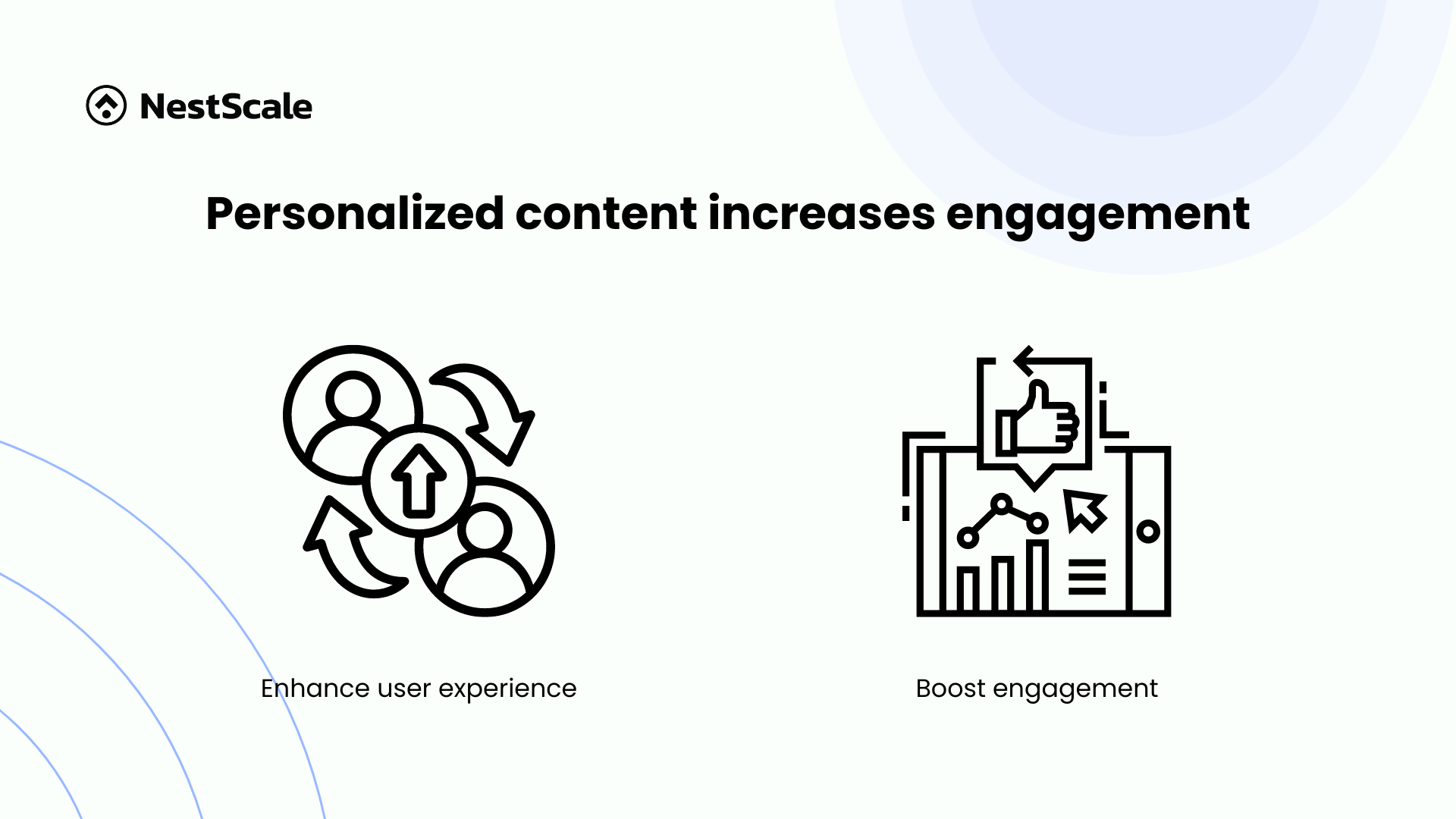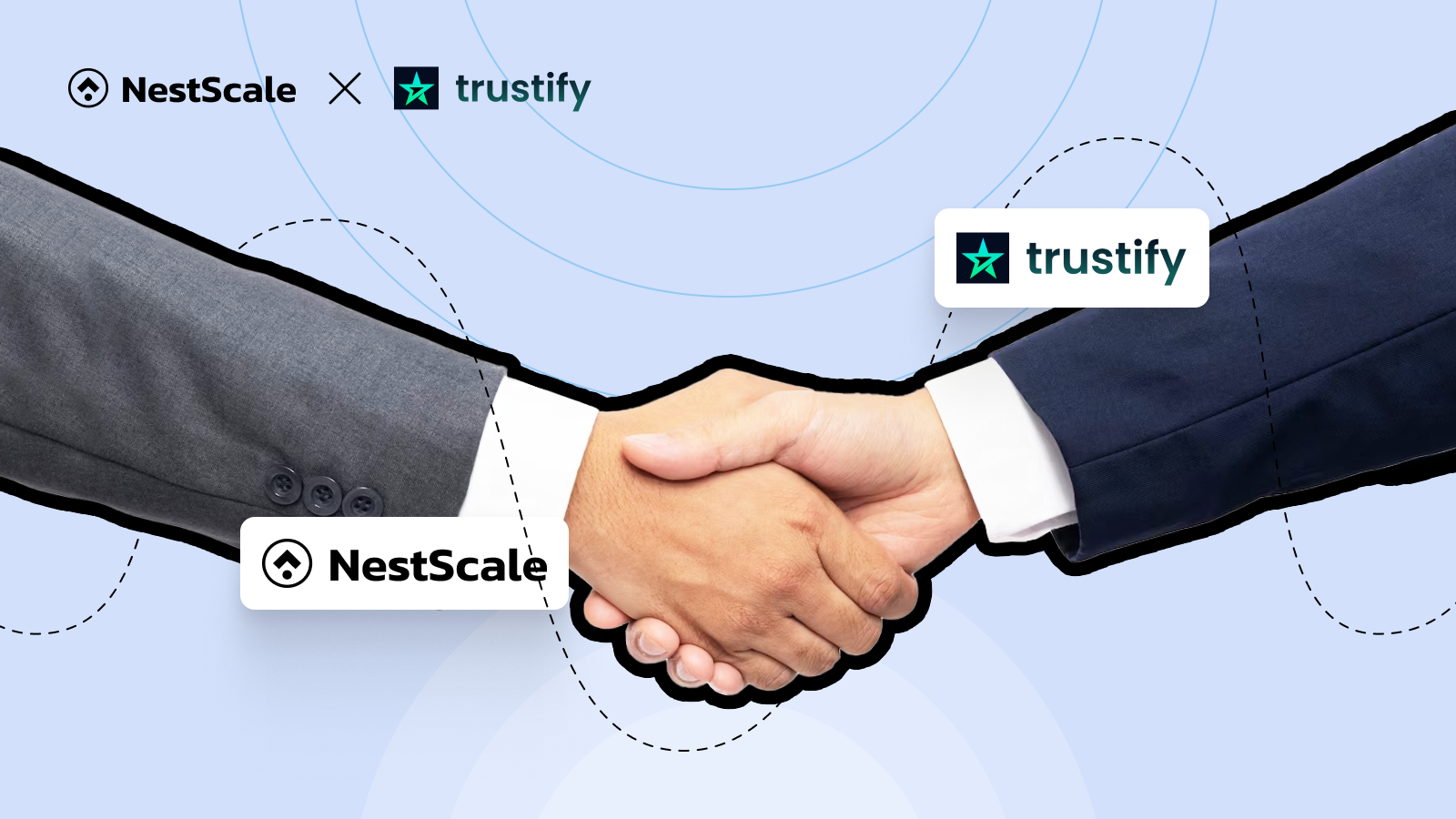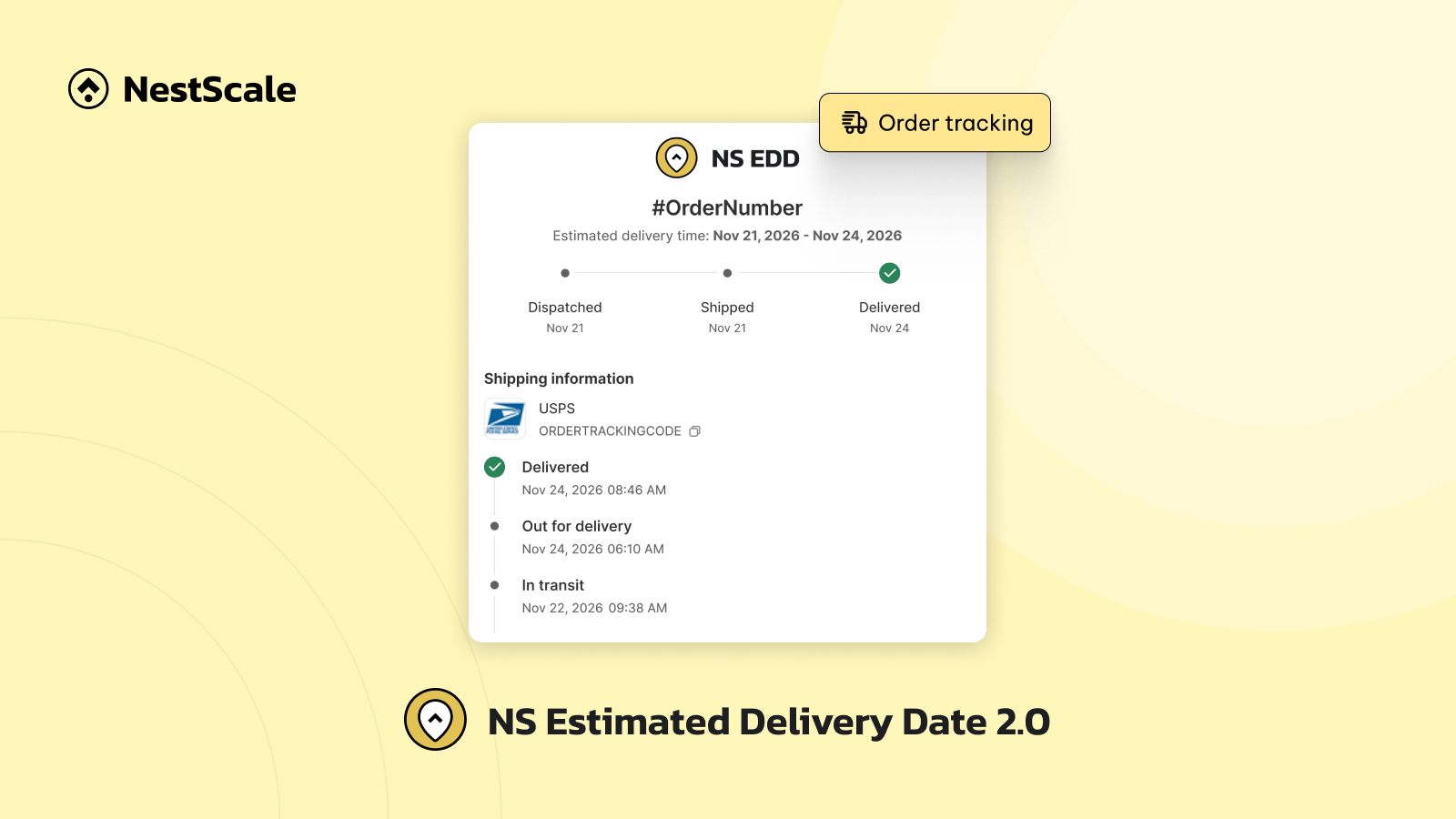Welcome back to our first-party data series! In our previous first-party data marketing blog, we discussed leveraging this data to enhance customer experiences and drive growth. Now, we will dive deeper by showcasing 5 successful first-party data examples to highlight the power of first-party data in transforming marketing efforts.
Let’s learn about the key strategies they employed, the outcomes they achieved, and the lessons they learned along the way.
5 best first-party data examples
Leveraging first-party data is essential for businesses looking to enhance customer engagement, personalize marketing efforts, and drive sales. In this section, we examine the 5 first-party data examples from Heineken UK, L’Oréal, Glossier, W for Woman and Pepsico. Let’s see how real-life case studies illustrate that targeted and personalized marketing can lead to impressive results.
Heineken UK
Heineken UK is the nation’s leading beer, cider, and pub company. It’s renowned for an impressive portfolio of brands including Inch’s, Birra Moretti, and many more. It takes great pride in its brands and has a deep-rooted passion for the great British pub.
Through its Star Pubs business, the brand operates around 2,400 pubs, placing them at the heart of community life and offering job opportunities to thousands of ambitious individuals.
Problem
This first-party data case study faced the challenge of effectively targeting the young male demographic through traditional TV advertising. Hence, they needed a more precise way to reach this audience and boost engagement with their beer campaigns.
Strategy
To address this challenge, Heineken UK uses first-party data to target young male consumers demonstrating the power of data-driven marketing strategies. They collect data from mobile phones to identify and target their desired audience more effectively.
This innovative approach included the following key elements:
- Mobile data: They collected first-party data from users’ mobile phones to determine their age (18 or over) and location.
- Audience identification: This data allowed them to identify young male consumers who were 18 or older and within the vicinity of participating bars or supermarkets.
- SMS and MMS campaigns: Heineken UK sent targeted SMS and MMS messages to the identified audience.
- Contextual timing: Messages were dispatched under specific conditions:
- Messages were sent when the temperature was above 18 degrees Celsius.
- Messages were sent when the potential audience was near a participating bar or supermarket.
The messages included information about beer campaigns and special offers, encouraging recipients to redeem these offers either in supermarkets or pubs.
Results
The targeted campaign produced impressive results:
- 15% of recipients used the offer in a supermarket within 5 days of receiving the message.
- 10% of all recipients redeemed the offer in a pub.
- The campaign achieved a clickthrough rate 20% higher than industry benchmarks.
By leveraging mobile data and contextual triggers, they successfully engaged their audience, driving higher engagement rates and in-store redemptions. This case study is one of the great first-party data examples and highlights the effectiveness of personalized, data-driven campaigns in reaching and influencing target demographics.
L’Oréal
Headquartered in the suburbs of Paris, L’Oréal is the world’s largest beauty company and is one of the best examples of first-party data. Their mission is to create beauty that moves the world, with a wide-ranging portfolio that includes luxury, professional, mass market, and active cosmetics. Serving hundreds of millions globally, L’Oréal operates in over 150 countries, helping people feel confident and beautiful.
Problem
While many consumers engage with L’Oréal online, most luxury product sales still happen in physical stores. Therefore, the marketing team wanted to see if their campaigns reached the right audiences and turned online interactions into sales.
Strategy
L’Oréal’s innovative use of first-party data and predictive analytics highlights the power of data-driven marketing. Their account team suggested using Google Marketing Platform and Google Cloud to better target customers most likely to make in-store purchases.
This strategy was tested in Taiwan and included the following steps:
- BigQuery integration: L’Oréal combined website data from Analytics 360 with internal data in BigQuery, ensuring no personally identifiable information was included.
- AutoML predictions: Using AutoML, L’Oréal predicted which website visitors were likely to visit stores to make purchases.
- Audience segmentation: The predicted audience segments were shared with Google ad products like Display & Video 360 and Google Ads for targeted marketing.
- Expanding reach: L’Oréal used Similar Audiences and the Audience Expansion feature in Google Ads to identify and target new potential customers.
Results
The pilot campaigns in Taiwan produced impressive results:
- Offline revenue from the campaigns increased by 2.5 times.
- Return on advertising spend (ROAS) grew by 2.2 times.
- The use of Similar Audiences and Audience Expansion helped L’Oréal discover and effectively target new customer segments.
By refining their targeting and utilizing advanced analytics, L’Oréal significantly boosted in-store sales and improved advertising efficiency. This successful pilot is one of the great examples of first-party data and has encouraged other L’Oréal teams worldwide to adopt similar strategies, setting ambitious goals for digital marketing and customer engagement.
Glossier
Glossier‘s success is a prime example of how a DTC business model, combined with a customer-centric approach, can revolutionize an industry. Founded by Emily Weiss in 2014, Glossier disrupted the beauty industry with its natural, effortless approach and emphasis on customer feedback. This strategy not only guided product development but also drove rapid growth, leading to a $1.8 billion valuation.
Problem
As competition in the beauty industry grew, Glossier faced increasing costs to acquire new customers through traditional advertising channels. The tightening of data privacy laws and the phasing out of third-party cookies further complicated the situation, making it harder for Glossier to track and target customers effectively.
Strategy
To address these challenges, Glossier turned to first-party data. They leverage direct customer insights to improve targeting, reduce acquisition costs, and stay compliant with evolving privacy regulations.
Glossier’s data collection strategy includes:
- Website interactions: Use Google Analytics and Hotjar to track customer behavior, optimize the website experience, and create highly targeted ad campaigns.
- Product purchases: Through Shopify Analytics, Glossier captures data on purchase history, abandoned carts, etc. Customer reviews are also collected to gain qualitative feedback for product improvements.
- Social media engagement: Leverage Instagram Insights for tracking engagement and sentiment, and Sprout Social for monitoring brand mentions and performance across platforms like Facebook and Twitter.
- User-generated content (UGC): UGC is central to Glossier’s marketing. This approach turns customers into brand advocates, encouraging others to try or repurchase products by seeing real people using them.
Results
By leveraging first-party data, Glossier has achieved significant results:
- A 17% increase in open rate and a 4% click-through rate.
- A 2.5% uplift in conversion rate and a 3.2% ROAS.
These outcomes demonstrate how Glossier uses first-party data to create a personalized shopping experience, fostering a loyal customer base that regularly returns for repeat purchases.
W for Woman
W for Woman, part of TCNS Clothing Co. Limited, is a leading Indian fashion brand known for its fusion of Indian and Western styles and is one of the outstanding first-party data examples.
The brand’s commitment to innovation is driven by a strong data-centric approach and an experienced design team. This allows it to consistently launch trend-setting collections. By blending contemporary style with traditional aesthetics, W for Woman continues to be a top choice for fashion-conscious women.
Problem
With changes like the iOS 14 update and the upcoming phase-out of third-party cookies by Google, this business is increasingly facing challenges in targeting and personalization due to lower match rates in platforms like Facebook.
Strategy
W for Woman has successfully harnessed the power of first-party data to create targeted marketing strategies that enhance upselling and cross-selling opportunities. By designing niche audience groups, W for Woman effectively engages customers based on their shopping behavior and preferences.
Here are key strategies:
- Audience segmentation: Identifying customers who purchased topwear, bottomware, etc to create personalized marketing messages that resonate with each group, increasing the likelihood of conversions.
- Extended retargeting capabilities: Transcend the standard 28-day event retention period, engaging users for up to 180 days. This strategy helps maintain brand awareness and encourages repeat purchases.
- Implemented exclusion strategies: Excluded recent buyers from mid-funnel and Dynamic Product Ads (DPA) campaigns based on AOV and optimized ad spending by focusing resources on potential new customers.
Results
By implementing first-party data, W for Woman was able to achieve these results:
- Their audience match rate increased from 20% to over 80%
- A 30% increase in ROAS
- 20% uplift in incremental revenue
- 4x times higher conversion rate
As a result, the improved targeting through first-party data allowed them to optimize their retargeting campaigns, making these campaigns more effective than brand search campaigns in driving conversions.
PepsiCo
PepsiCo is one of the outstanding 1st party data examples. This global leader in food and beverages is known for its strong portfolio of iconic brands like Pepsi, Lay’s, and Quaker Oats.
Founded in 1965 through the merger of Pepsi-Cola and Frito-Lay, the company has grown into one of the largest and most diverse consumer goods companies, offering a wide range of products that cater to various tastes and preferences.
Problem
Quaker Oats, one of PepsiCo’s brands, faced a challenge in the Netherlands: reviving a “dusty” brand image while introducing a new flavor to the Cruesli cereal line. They needed a campaign that would engage consumers and boost brand relevance.
Strategy
PepsiCo designed “The Battle” campaign with a strong emphasis on collecting and utilizing first-party data to engage consumers.
The strategy was carefully structured to ensure maximum participation and data acquisition at each phase:
- Phase 1 – Flavor submission: PepsiCo promoted the campaign across multiple channels, directing traffic to the Quaker Oats website where users submitted their Cruesli flavor ideas.
- Phase 2 – Voting for the winning flavor: PepsiCo used the first-party data from Phase 1 to retarget participants, encouraging them to vote with personalized outreach and tailored incentives.
- Phase 3 – Winner announcement: The collected first-party data was used for a targeted email blast and social media ads, driving immediate purchases and further expanding their reach with lookalike audiences.
Results
The campaign was a major success:
- Over 50,000 new contacts created in the first phase.
- A 50% reduction in CPA during the voting phase.
- “Frambalicious” became a hit and is still sold in stores today.
PepsiCo’s strategic use of first-party data, engaging consumers through multiple channels, and offering meaningful incentives led to a highly effective and memorable campaign for Quaker Oats.
Lessons learned from first-party data case studies
Using first-party data has become a cornerstone for effective marketing strategies. Let’s analyze the successes of first-party data examples revealing several key lessons that can guide businesses in enhancing customer engagement and driving sales.
Precision targeting enhances engagement
The first lesson is to utilize first-party data for precise audience segmentation and targeting. This can significantly boost engagement and conversion rates.
Precise first-party data audience involves collecting and analyzing detailed customer data to understand their demographics, behaviors, and preferences. This enables businesses to deliver highly personalized messages at the right time and place. Eventually, brands can boost the chances of customer engagement.
For instance, Heineken UK identifies specific first-party audience data and targets them with tailored messages leading to higher engagement and better campaign performance. By focusing on the most relevant audience, companies can optimize their marketing spend and achieve better ROI.
Invest in the right technologies
Secondly, investing in the right technologies is essential for efficiently managing and leveraging first-party data. Solutions like Google Analytics 360 or NestAds can consolidate data from various sources into one secure location and offer more privacy-safe features.
If you are struggling to collect reliable data on multiple platforms, try NestAds – our ad tracking and marketing attribution software. Our solution uses unique NestAds pixel to track first-party customer purchase data and deliver it to your marketing channels. Businesses can gather and process first-party data directly from their web servers, bypassing the need for client-side devices. This approach ensures data security and privacy while providing valuable insights into customer behavior.
Moreover, by centralizing data from platforms such as TikTok, Facebook, and Google, NestAds helps businesses gain a comprehensive view of their marketing performance, track ad metrics across channels, and analyze attribution models to enhance ad performance.
Predictive analytics drive success
Thirdly, predictive analytics leverages historical data and machine learning to predict future customer actions. This enables businesses to anticipate customer needs and preferences, allowing them to proactively address these with targeted campaigns.
Moreover, predictive analytics can help identify high-potential customers, optimize ad targeting, and refine marketing strategies to drive higher conversions and sales. Therefore, companies can stay ahead of trends and make data-driven decisions that enhance their competitive edge.
Personalized content increases engagement
The next lesson is to deliver personalized content based on first-party data which enhances user experience and boosts engagement. Using first-party data to understand what content resonates with different audience segments can lead to higher engagement rates.
Personalized content creates a sense of relevance and value for the customer, encouraging them to engage more deeply with the brand. Implementing personalization at scale requires sophisticated data analysis and automation, but the payoff in terms of customer loyalty and satisfaction can be substantial.
Cross-channel engagement boosts conversions
Implementing a consistent and personalized cross-channel engagement strategy can drive significant customer actions and increase overall engagement. By maintaining consistent messaging, businesses can guide customers through their journey, encouraging desired actions such as purchases or sign-ups.
Cross-channel strategies require the integration of data from various sources to provide a unified customer view, enabling personalized communication. This approach not only enhances the customer experience but also maximizes the impact of marketing efforts by reaching customers wherever they are most active.
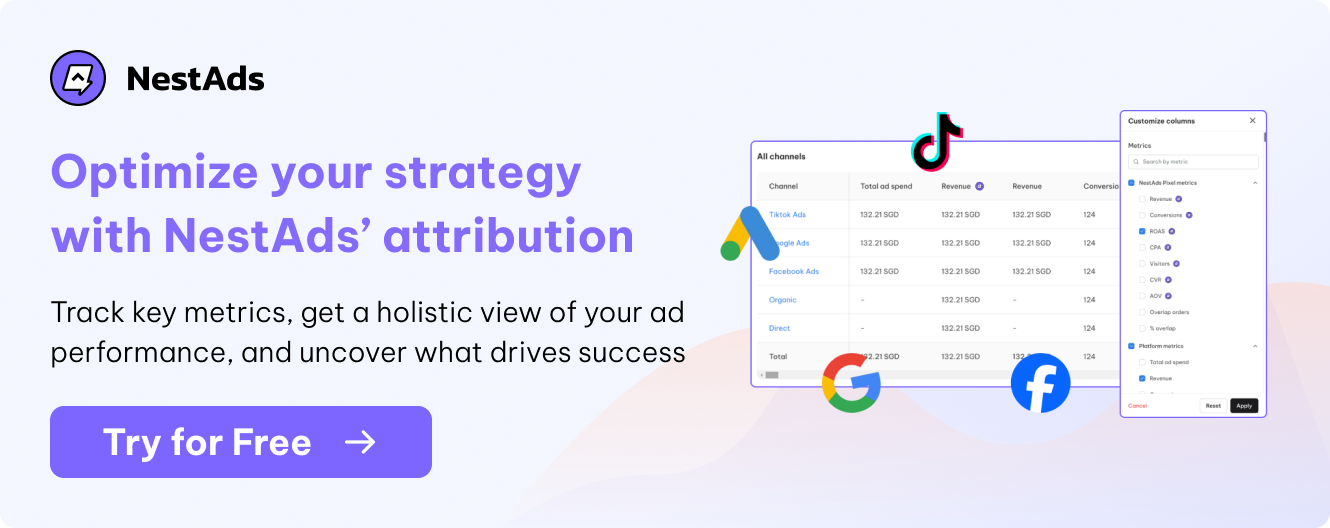
If you want to discover more about first-party data platform stay tuned to our last blog. We’ll explore key factors to choose the right solutions to help businesses gather, manage, and leverage first-party data.




































